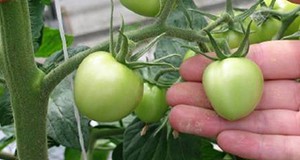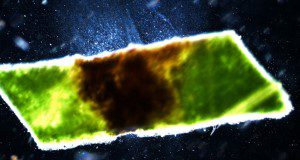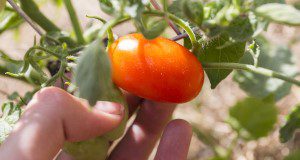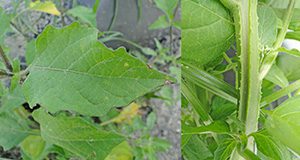Tomato is in high demand because of its taste and health benefits. In Florida, tomato is the number one vegetable crop in terms of both acreage and value. Because of its high value and wide acreage, it is important for tomato production to be efficient in its water and nutrient use, which may be improved through fertigation practices. Therefore, the objective of this new 7-page article is to disseminate research-based methods of tomato production utilizing fertigation to enhance yield and nutrient use efficiency. Written by Mary Dixon and Guodong Liu, and published by the UF/IFAS Horticultural Sciences Department.
https://edis.ifas.ufl.edu/hs1392
Tag: Tomato
Integrated Management of Bacterial Spot on Tomato in Florida
Bacterial spot is one of the most detrimental diseases of tomato and is especially severe in the southeast United States when weather conditions (high temperature, high humidity, and rain) become conducive for disease development. This new 8-page publication of the UF/IFAS Plant Pathology Department presents updated information about the causal pathogen and management of bacterial spot on tomato in Florida. Written by Amanda Strayer-Scherer, Ying-Yu Liao, Peter Abrahamian, Sujan Timilsina, Mathews Paret, Tim Momol, Jeff Jones, and Gary Vallad.
https://edis.ifas.ufl.edu/pp353
Target Spot of Tomato in Florida
Fresh-market tomatoes bring in $400-$500 million annually as the third most valuable crop in the state. Defoliation and fruit damage from target spot, caused by Corynespora cassiicola, can have serious economic implications for growers. This new 5-page publication of the UF/IFAS Plant Pathology Department, written by Keevan MacKenzie, Jessica Chitwood, Gary Vallad, and Sam Hutton, reviews symptoms and epidemiology of the disease and provides current management recommendations.
https://edis.ifas.ufl.edu/pp351
Biology and Management of American Black Nightshade (Solanum americanum P. Mill.) in Tomato, Pepper, Cucurbit, and Strawberry
This three-page fact sheet describes the biology and management of American black nightshade, explaining how to control for it in tomato and pepper, cucurbits, and strawberry. Written by Nathan S. Boyd, Shawn Steed, Chris Marble, and Andrew MacRae and published by the Horticultural Sciences Department.
http://edis.ifas.ufl.edu/hs1176
“Candidatus Liberibacter solanacearum”: An Emerging Pathogen Infecting Potato and Tomato

A bacterium called “Candidatus Liberibacter solanacearum” infects potatoes and tomatoes, causing zebra chip in potatoes and psyllid yellows in tomatoes. These disease are highly destructive and have been known to reduce yields by up to 85%. “Ca. L. solanacearum” has been reported in several states, though it has not been detected in Florida, which is the second largest producer of tomatoes and seventh largest producer of potatoes in the US. This 9-page fact sheet covers the biology, distribution, symptoms, transmission, diagnosis, and management of the pathogen and its associated diseases. Written by Binoy Babu, Mathews L. Paret, Nicholas Dufault, and Carrie L. Harmon, and published by the UF Department of Plant Pathology, August 2015.
http://edis.ifas.ufl.edu/pp320



